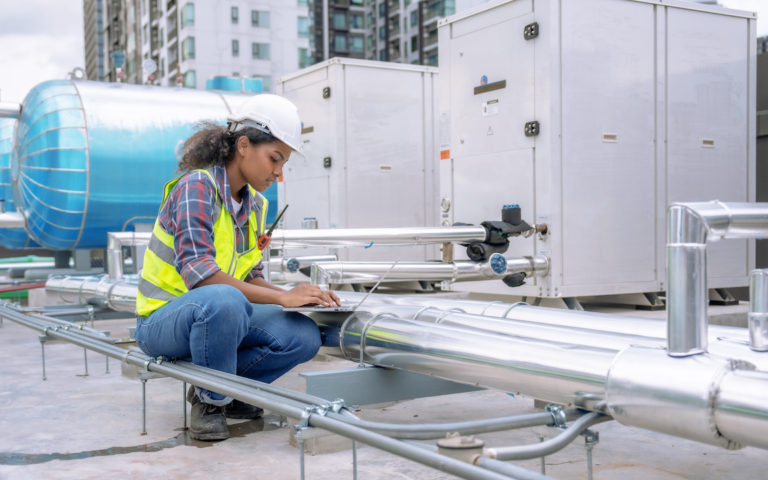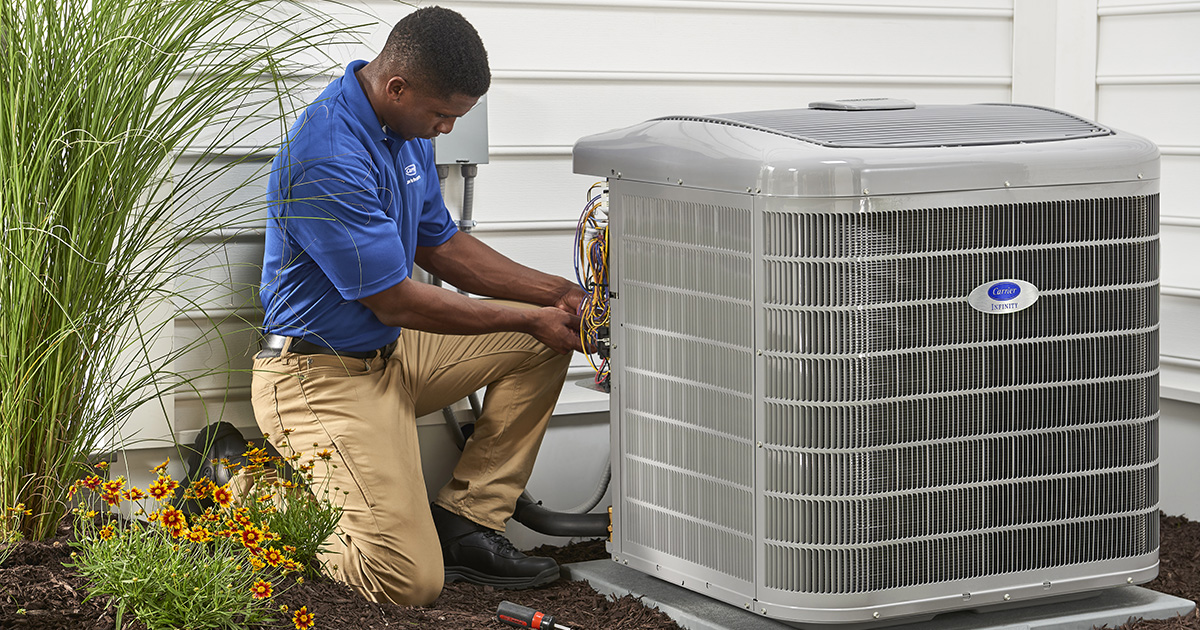Refrigeration & Air Conditioning (HVAC)
Refrigeration & Air Conditioning (HVAC)

Course Overview
The Refrigeration & Air Conditioning (HVAC) course provides learners with the technical knowledge and hands-on skills needed to install, maintain, and repair refrigeration and air conditioning systems used in homes, offices, and industries. The program combines practical training with theoretical lessons in thermodynamics, electrical controls, cooling systems, and environmental safety, preparing learners for successful careers in the HVAC industry.
Course Objective
By the end of this course, learners will be able to:
Understand the principles of refrigeration, cooling, and air conditioning.
Install, operate, and service HVAC systems and components.
Diagnose and repair faults in cooling and refrigeration units.
Read and interpret HVAC wiring and schematic diagrams.
Apply safety procedures and environmental standards in system handling.
Maintain and optimize system efficiency for energy conservation.

Who Should Enroll?
This course is ideal for:
Individuals seeking technical careers in refrigeration and air conditioning.
Technicians or artisans looking to improve their HVAC maintenance skills.
Entrepreneurs interested in offering HVAC installation and repair services.
Students and trainees from mechanical or electrical technical backgrounds.
Course Modules
1. Introduction to Refrigeration & Air Conditioning
History and importance of refrigeration and HVAC systems
Overview of system types and applications
2. Principles of Cooling and Thermodynamics
Heat transfer, pressure, and temperature concepts
Refrigeration cycle and working principles
3. Tools, Equipment, and Safety Procedures
Identification and use of HVAC tools and gauges
Safe handling of refrigerants and electrical components
4. Refrigeration Systems and Components
Compressors, condensers, evaporators, and expansion devices
Refrigerant types and their properties
5. Air Conditioning Systems
Window units, split systems, and central AC
Installation, duct design, and airflow management
6. System Installation and Maintenance
Mounting, piping, and wiring of HVAC systems
Routine checks, servicing, and preventive maintenance
7. Troubleshooting and Repair Techniques
Identifying faults in cooling performance and electrical circuits
Leak testing and refrigerant recovery
8. Energy Efficiency and Environmental Compliance
Energy management and eco-friendly practices
Compliance with safety and environmental regulations
Learning Methods
Practical, hands-on workshop sessions
Instructor-led theoretical classes
System assembly and disassembly exercises
Real-life maintenance and installation projects
Assessment & Certification
Continuous performance assessments and practical tests
Written evaluations on refrigeration theory and safety standards
Final installation or repair project
Successful participants receive a Certificate in Refrigeration & Air Conditioning (HVAC)
Career Opportunities
Graduates can work as:
HVAC Technicians / Refrigeration Engineers
Air Conditioning Installers / Maintenance Officers
Facility Technicians or Cold Room Operators
They can also start their own HVAC installation and repair business or specialize further in areas like industrial cooling systems, automotive air conditioning, or energy-efficient HVAC design.
Duration & Requirements
Duration: 4 – 6 months (depending on training schedule)
Requirements: Basic understanding of science, mathematics, or electrical concepts; strong interest in technical and mechanical work. No prior experience required.

